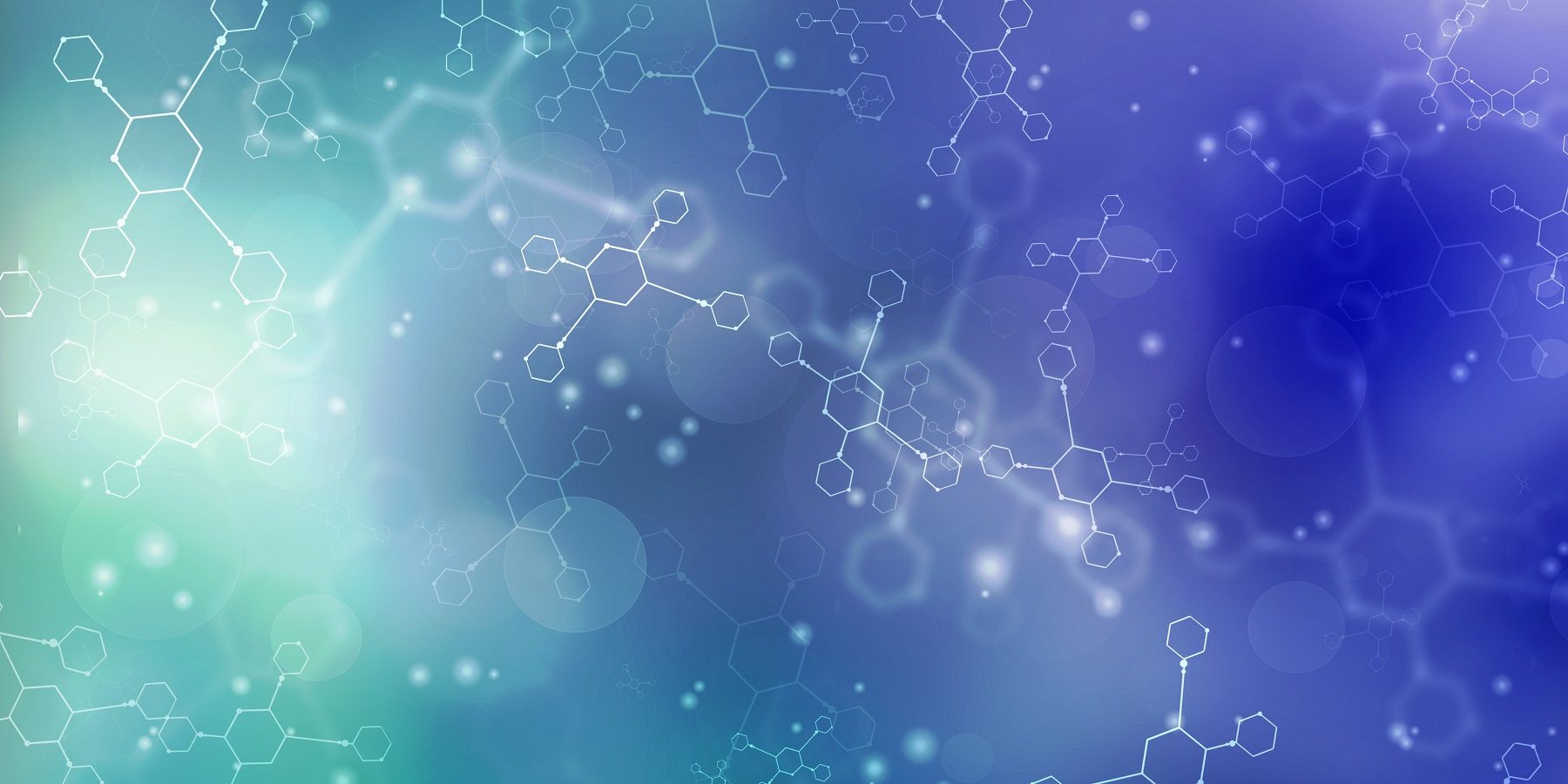Indications
Bexagliflozin is indicated for use as an adjunct to diet and exercise to enhance glycemic control in adults diagnosed with type 2 diabetes mellitus. This pharmaceutical approach serves to effectively manage blood sugar levels in conjunction with lifestyle modifications.
Pharmacodynamics
In both healthy individuals and adults with type 2 diabetes mellitus receiving bexagliflozin, a dose-dependent increase in urinary glucose excretion (UGE) was observed, accompanied by an increase in urine volume. The administration of a 20 mg dose of bexagliflozin nearly maximizes UGE, and the effect is sustained with repeated dosing. Importantly, bexagliflozin does not cause significant prolongation of the QTc interval, even at doses up to five times the recommended amount. However, its use may lead to adverse effects such as ketoacidosis, volume depletion, urosepsis, pyelonephritis, necrotizing fasciitis of the perineum, and genital mycotic infections. There is also a heightened risk of lower limb amputation compared to placebo, and increased incidents of hypoglycemia have been reported in patients taking insulin or insulin secretagogues.
Absorption
Bexagliflozin exhibits similar pharmacokinetic profiles in healthy subjects and adults with type 2 diabetes mellitus. When administered in a fasted state, the mean maximum concentration (Cmax) and the area under the curve (AUC0-∞) are 134 ng/mL and 1,162 ng·h/mL, respectively. The pharmacokinetics are not time-dependent, with an approximate plasma accumulation of up to 20% after multiple doses. Peak plasma concentration is achieved within 2 to 4 hours post-oral administration; this may be delayed by food intake or medications affecting gastric emptying. Between doses of 3 mg and 90 mg, plasma Cmax and AUC increase in a dose-proportional manner. Consumption of a high-fat, high-caloric meal results in a 31% and 10% increase in Cmax and AUC, respectively, with a median Tmax extended to 5 hours, though these changes are not clinically significant.
Metabolism
Bexagliflozin is primarily metabolized in the liver through UGT1A9 and, to a lesser extent, by CYP3A enzymes. In studies with healthy volunteers administered an oral [14C]-bexagliflozin solution, the pharmacologically inactive 3'-O-glucuronide metabolite accounted for 32.2% of the parent compound's AUC, while other metabolites each contributed less than 10%. These metabolites are not expected to exert significant pharmacological effects.
Mechanism of Action
Bexagliflozin operates as a highly selective inhibitor of the sodium-glucose co-transporter 2 (SGLT2), which is predominantly located in the proximal renal tubule of the kidney, an area chiefly responsible for reabsorption processes. SGLT2 plays a critical role in the transport of glucose and sodium from the tubular lumen into the epithelial cells. By inhibiting this transporter, bexagliflozin effectively reduces glucose reabsorption within the kidneys, facilitating its excretion through urine. This mechanism enables bexagliflozin to lower blood glucose levels in individuals with type 2 diabetes mellitus (T2DM) independently of insulin sensitivity. Beyond its primary glucose-lowering action, bexagliflozin may also contribute to reductions in body weight, systolic blood pressure, and albuminuria. Although the exact mechanisms underlying these additional benefits are not yet fully understood, they are hypothesized to be linked to an initial natriuretic effect induced by bexagliflozin, subsequently altering sodium handling in tissues.

